Ambush In Punjab: Decline & Fall of the Pakistani Army.(Part 3)
Around 2:30 PM, Pakistan's 6th Lancers with their Pattons attempt a flank attack along the western axis aimed at Chima to roll up the defences of the now engaged 4th Mt Div from the rear & smash into the artillery area.
Centurions of B squadron, 3rd cavalry under Maj Belvalkar decide otherwise. At close range, the 'Centurions' (pun) gave a glimpse of what was to come.
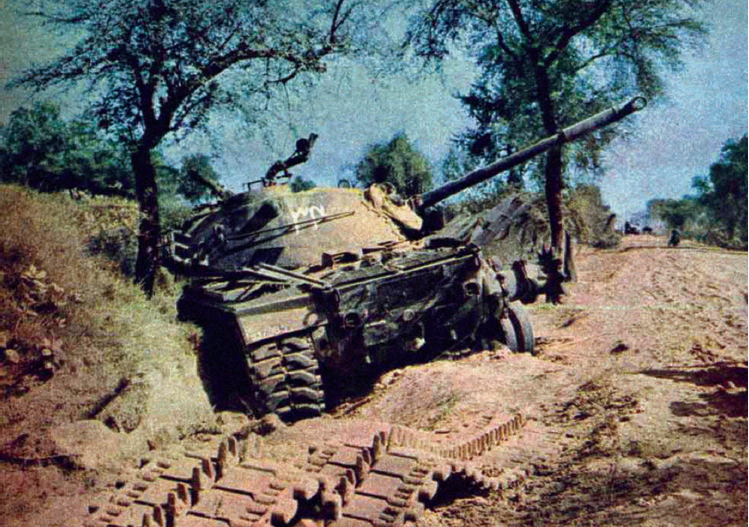
Knocking out 5 Patton's and 1 Chafee; "Press hard and get all the b*stards before they turn back and run!" Belvalkar bellowed on the radio, sending the attack into retreat.
A little north, Pakistani tanks reached Valtoha Railway station by 5:00 PM. Success at last? Nope. In pushing right up to this objective, they overextended; leaving behind their infantry support which Indian artillery, MGs & snipers had pinned in the sugarcane fields.
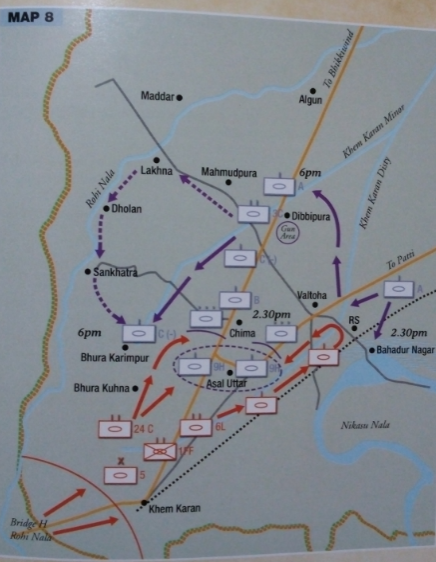
Moving east towards Chima was not possible due to B squadron and 3rd Cavalry's A squadron was now fast approaching as a blocking force.
Brigadier Bashir, unable to consolidate, withdrew his units to leaguer at Khem Karan.
They wouldn't know it yet but this was the high watermark of the attack & perhaps even of the Pakistani Army.
Things were soon going to take a nasty turn for the Rommel's in Khakis.
All in all, the day was won by the Indian defenders who had not only held on through this storm of steel but also permanently dented the myth of the Patton.
Brimstone & Fire: The Night
Still filled by Hubris, a night attack on Indian positions would be launched at 2:00 AM. Pattons utilizing their infra-red equipment supported by mechanized infantry, assaulted the line held by the 18th Raj Rif.
Brigadier H.C. Gahlaut, commander of 62nd Brigade ordered the battalion to hold positions even if tanks overran their forward trenches.
The tanks had to pass through mines & endure the hellish concentrated fire of five artillery regiments, all firing away at the unit’s frontage. Unit mortars and RCLs also lent their fire in this action.
When Pakistani tanks overran the positions defended by the forward companies, Lt.Col Raghubir Singh, CO of 18 Raj Rif left his CP & *moved past 3 enemy tanks*.
Under intense artillery bombardment, he reached the forward companies and re-established contact with them.
By 03:30 AM Pakistani infantry advanced in APCs but upon encountering a minefield, withdrew. The attack slowly faded as they failed to dislodge the stubborn defenders.
The Indians held on. They had carried the night.
Out of the frying pan, into the fire:
It was clear to everybody that this was just a taste of what was to come. The morning would bring a fresh wave of fighting.
As expected, dawn saw the PAF attempt to soften up Indian positions but this effort largely failed. The IAF for it's part was also subdued and failed to cause much damage...well save for this one interdiction strike.
They managed to hit a supply train.
Bingo! This proved to be quite consequential as the ammo stocks they destroyed, limited the Patton's to 30 rounds per tank.
Yikes!
The afternoon saw Pakistani troops attacking with heavy artillery fire & armour. The 4th Grenadiers under command of Lieutenant Colonel Farhat Bhatti repulsed the attack.
Pakistani armour and infantry made another ferocious attack on the 18 Raj Rif with the help of heavy artillery fire. The Rajput defenders fought back with the gallantry & spirit expected of them.
The attack stalled & was beaten back with effective support of Indian artillery and the tankers of the vaunted Deccan Horse. In these attacks,
Pakistan while managing to overrun some Raj Rif defences, lost quite a few tanks attempting multiple attacks at one place.
On the whole, the defence held firm. Pakistani's broke off the attack at 10 PM. The Raj Rif fought well & the localities they dominated were littered with burning Pak tanks.
Col Raghubir Singh would be awarded the MVC for his leadership in this battle.
The Pakistani commanders had thrown the kitchen sink & then some at the Indian defenders but failed to make any headway.
Given the failure of these frontal attacks, Pakistan was expected to make a final effort via a break out- making outflanking thrusts on the 10th of September.
2nd Independent Armoured Brigade was deployed to deal with such thrusts.
And 'deal' they would.
Brig Theogaraj, commanding the 2nd (Inde) Armoured Brigade had 8th Cavalry with it's AMX tanks delegated to flank protection duty.

A Pak armour onslaught was in the offing. The centre was held resolutely by the infantry & Deccan Horse & the eastern axis being too boggy for large scale armour movement, left only the western axis from Bhura Karimpur towards Mahmudpura as the sole route for such an attack.
Theogaraj & Caleb (3rd Cav Cmd) prepared the 'Bade Bhai' Centurions of 3 Cavalry to meet the apocalypse of steel headed their way. They set their tanks in an elaborate ambush that would trap advancing armour in a fatal crossfire.

A modern day 'Chakravyuh' was created but this time it was the Pandava's that would use it to their advantage.
Last Page: The Decider
Pakistan's 5th Armd Bde with Pattons & mechanized infantry attacked the 4th Grenadiers one last time in the morning, managing to break through forward positions.
A certain Havildar Abdul Hamid, sensing the danger posed by this breakthrough "moved out to a flanking position with his gun mounted on a jeep, under intense enemy shelling and tank fire.
Taking an advantageous position, he knocked out the leading enemy tank and then swiftly changing his position, he sent another tank up in flames. By this time the enemy tanks in the area spotted him and brought his jeep under concentrated machine-gun and high explosive fire.
Undeterred, Company Quartermaster Havildar Abdul Hamid kept on firing on yet another enemy tank with his recoilless gun. While doing so, he was mortally wounded by an enemy high explosive shell"
He would earn a posthumous Param Vir Chakra & bring his Paltan everlasting glory. Pakistan's 6th Lancers launched a final 'Hurrah!' on the 7th Grenadiers in the afternoon but this too was halted.

The Hunters Become The Hunted:
The original Pakistani plan called for the pinning of the 4th Div & Deccan Horse by the 5th Armoured Brigade, with the 4th Armoured Brigade launching a sweeping envelopment along the Bhura Karimpur - Mahmudpura Axis.

The 3rd Armoured Brigade was to be held in reserve (along with 11th division infantry) for exploitation and mopping up operations after the breakthrough was achieved.
Brig Theogaraj on his part, positioned the 'Bade Bhai' squadrons in 2 concentric horseshoe shaped semi circles designed to bring the firepower of the entire regiment to bear on the incoming enemy armour in a devastating crossfire, while also offering defence in depth.
B and C squadrons formed the first semicircle from Dholan to Chima with Mahmudpura in the centre. A squadron formed the 2nd semicircle. Approach routes became traps as the entire area was flooded in order to further stall the Pattons.
'Ambush! Ambush! Ambush!':
"Whoever remains cooler under stress for a longer time will win. Identify, take good aim and shoot. God be with you." Lt Col Caleb told his men.
The main attack began at 08:30 AM.
Pakistan's 4th Cav moved out towards Dholan where camouflaged Centurions of C squadron which knocked out 4 Patton's. A few tanks approaching Madar took fire from A squadron deployed in the 2nd semicircle. A Patton and numerous APCs were destroyed.

The next units to be caught in a vicious ambush were the members of Pak's 2nd Squadron, 4th cavalry who charged towards Mahmudpura.
Little did they know what they had walked into. Their flank was exposed to 2nd Lt R.P. Joshi's 'Bade Bhais' who were hungry & waiting for their moment to pounce.
Unleashing a torrent of fatal fire at a rapid rate into the side of 2nd Sqd, 4 Cav; they decimated the unit, ripping through 9 Patton's and 2 RCLs in mere minutes!

The feared Patton's were now helpless puppies who had just been exposed to the ferocity of a hungry wolfpack.
Most of them couldn't detect the Centurions who had hidden themselves extremely well. Many never even got a shot off! Such was the withering fire they were exposed to.
Based on the information provided by Maj Sandhu who had positioned himself at Lakhna on one of the rooftops, A Squadron readjusted its position and set up an ambush for the incoming 3rd Squadron of the 4th Cavalry. It was now their turn for lunch.
They hammered them with a lethal crossfire, shredding numerous Pattons. A troop of AMX's from 8th Cav, like wolf pups learning from their parents, also joined this hunt from the flank.
4th Cavalry was in dire straits. The once proud lions were now whimpering cubs. It was being squeezed on all sides by A and C squadrons, taking catastrophic losses.
It's sister regiment in the 4th Armoured Brigade - 5th Horse was being held up by the centurions of B squadron, a troop of AMXs & massed artillery fire.
Petrol and ammunition was low; movement meant 3 rounds, a blown tank & frying in an inferno. The infantry support as had by now become a norm, was pinned down by Indian artillery fire.
Maj Gen. Naseer Ahmed Khan, from the air in a helicopter, head of the now slowly disintegrating 1 Armoured Division (GOC), spoke directly to the 4th armoured Brigade Commander (BC):
BC: It’s not possible for us to advance any further due to stiff resistance. Heavy enemy shelling has completely pinned us down.
GOC: It is most important that the advance is continued. Therefore, in the name of Islam, Pakistan and Hillale Jurat, I command you get up and go forward!
BC: I will do my best but as things are, I do not know how the hell I am going to do that. This bl00dy enemy artillery is knocking the hell out of us and I am afraid at the moment that I can’t do any better then this.
GOC: Move forward to your objectives forthwith!
BC: I cannot move; Indians are ahead of me!
GOC: Come and see me immediately.
BC: Where do I come? I don’t know.
GOC: Move straight on and turn right.
BC: Do you know where I am? If I turn left the Indians get me, if I turn right the artillery gets me. Where do I come and how?
GOC: Turn right till you hit the road, follow it and you will find me at milpost 36.
Now desperate to galvanize his men Maj.Gen Naseer personally attempted to meet his trapped men.
The head of the pack would attempt to save his cubs.
His command troop was ambushed by the 4th Grenadiers with RCLs. Brigadier Shammi, the divisional artillery commander was killed and Naseer Khan seriously wounded.
Havildar Hamid's pack had their revenge.
The Pakistani's had just lost their 'alpha', their 'Tiger', their 'Father'. They were now rudderless. Inevitably the advance came to a screeching halt and collapsed.
Dusk brought no reprieve for the trapped. The Wolf had smelt blood, hunted their prey into a corner & now circled their meal.
Dusk saw every Indian gun open up in a concert of heavy bombardment. The firepower was intense & those who could make a run for it, did.
Completely cut off, unable to retreat due to no petrol, having lost physical communications with HQ & being steadily decimated, the defeated 4th Cavalry regimental commander informed HQ that if relief did not come with sunrise, he would surrender his cornered pride.

The mauling was complete. If the 'Bade Bhais' had simply dented the myth of Pattons a little earlier; they had just annihilated that very same myth.
Cleaning up the scraps: 11th September
Morning saw the Indian centurions close in from all sides. The Pakistani's who had survived the ambush, who had seen their ranks reduced to nothing, who had survived a night of blood curdling bombardment finally broke.
This was too much strain. Too much for them. They abandoned their vehicles and fled. A squadron was able to capture 9 Pattons in perfect working condition & an APC.
A few hours later, the regimental commander of 4th Cavalry; the man who saw his unit dissolve under Indian fire, surrendered with surviving squadron commanders. They were found hiding in a sugarcane field.
Pakistan's 3rd Armoured Brigade withdrew. It would be transferred to the Sialkot sector where Indian was leaning at the jugular. The remnants of the 4th armoured brigade also withdrew. The mauled 5th armoured Brigade was left behind as a covering force.
The battle was over. Panipat was won.
"What just happened?":
India lost 14 tanks in the battle. Deccan Horse saw 10 losses & 3rd Cav- 4.
Pakistan? 97 tanks! 75 of them being Pattons!

Such was the loss of material that day, that the equivalent of 2 Armoured Regiments was wiped off the Pakistani order of battle.
4th Cavalry ceased to exist as a formation. The destruction was jarring.
While many of you know that this is the closest Pakistan came to achieving a decisive victory against India, what is often overlooked are the deeper ramifications of the battle.
It is arguably the last time soldiers in the Khaki fought as professionals. While ideology always ran deep, 65 saw the last of their professional soldiers.
By 71, this Army had become deeply ideological & a tool in the hands of m@dmen; hellbent on ruling like feudal lords. Never again would Pakistan field a top brass as professional as that of the 65 era.
It represented a shift in power. The high watermark of the Pakistani Army would be followed by a descent into becoming a play toy for the large Indian neighbour it so desperately sought to outshine.
For India, it showed the quality of it's manpower. 1000 years of martial history & militant resistance had moulded a quality of men the world had rarely seen. With modern weapons, these men could accomplish anything that was asked of them.

If 62 was the lowest to which we dipped, 65 was the new high the country rode; well at least until a Parsi, a Pandit, a Nair & a Jew helped make 71 a very special year for India & a new country called Bangladesh

The Sun had risen for India. The sun had risen once more.
Thread by @FinestYew: Ambush In Punjab: Decline & Fall of the Pakistani Army. Most Indians know of Asal Uttar as the moment in history when Pak Armour rolled into a well laid Indian trap. Few truly grasp...…

threadreaderapp.com
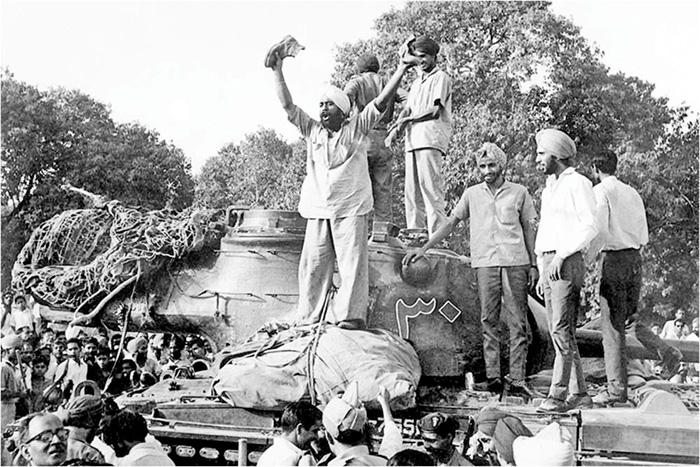
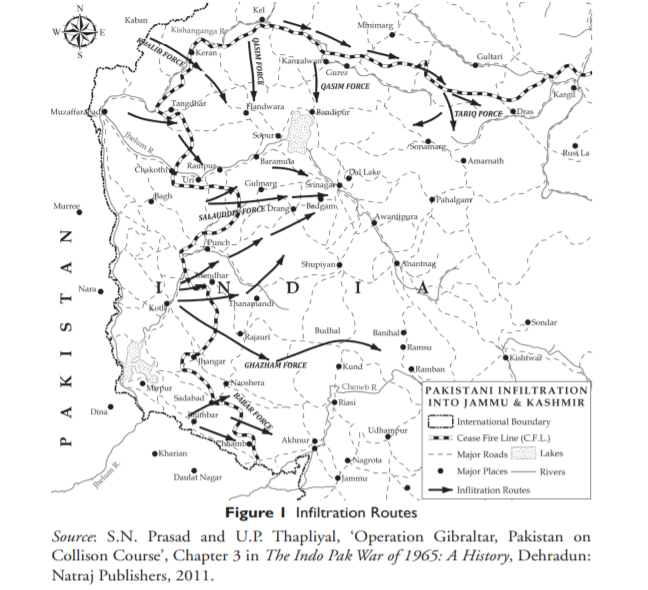
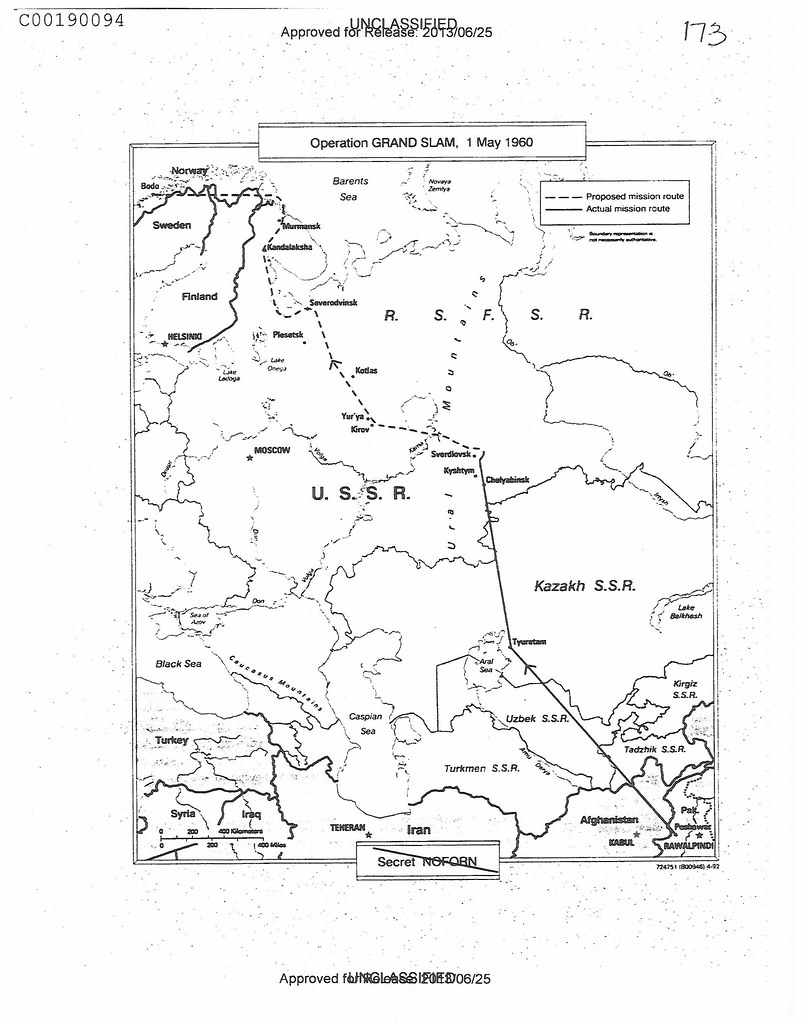

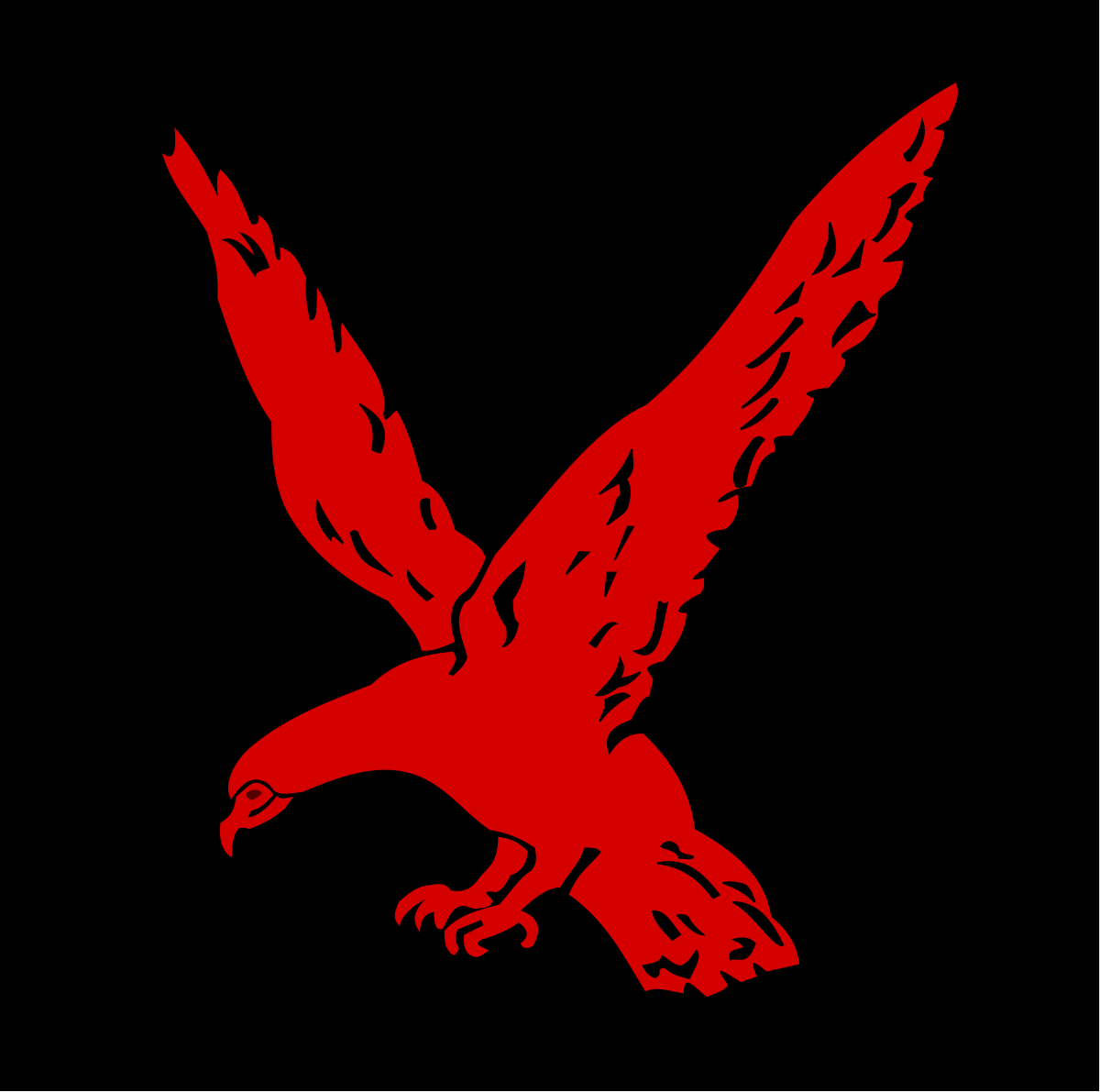
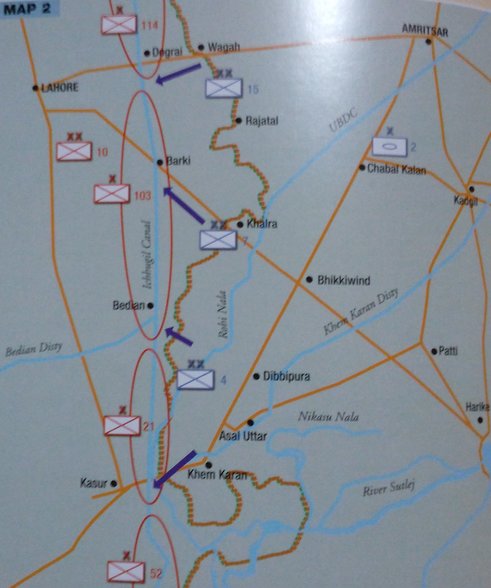
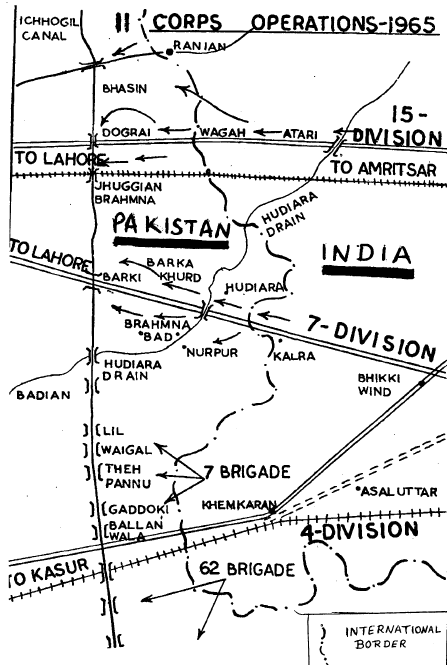
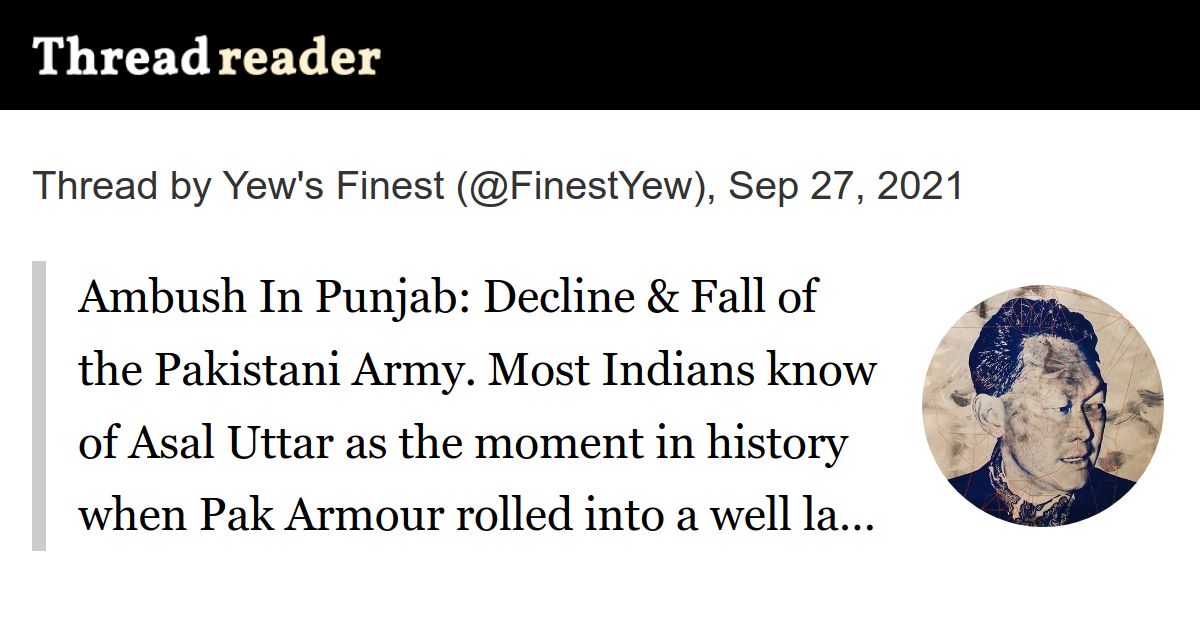
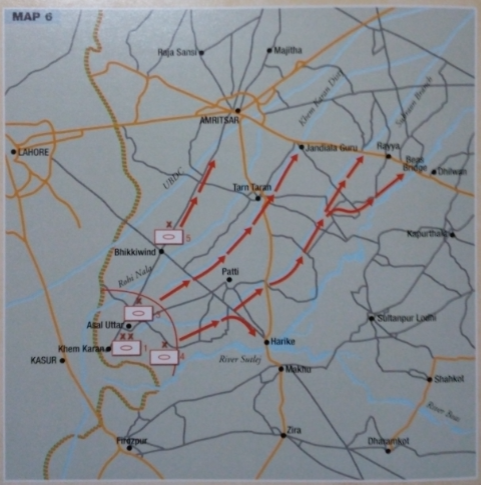
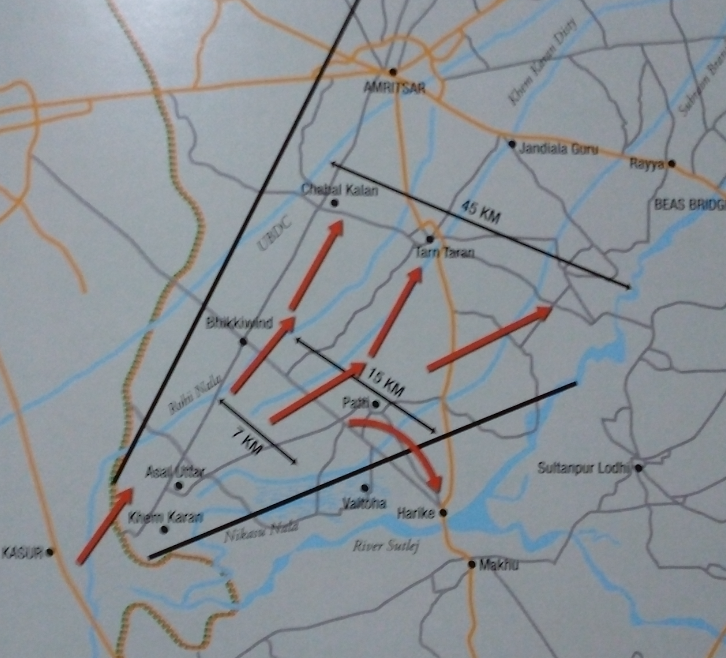
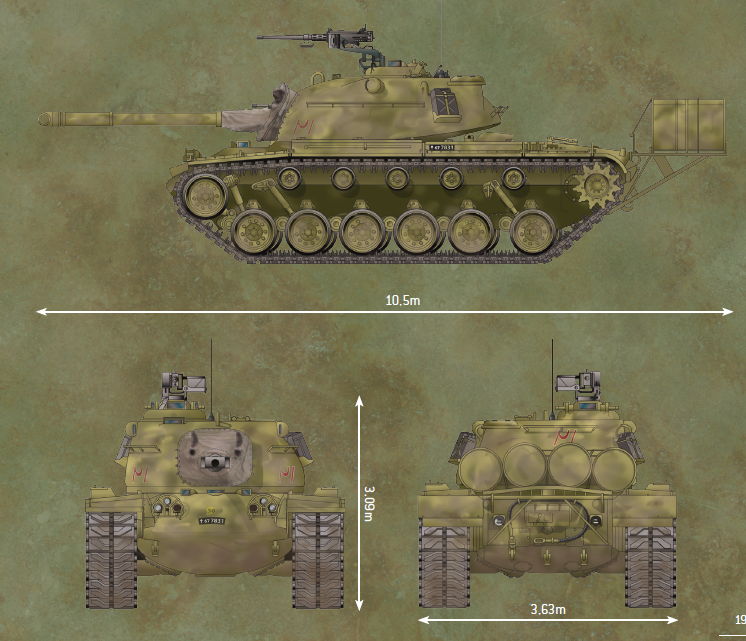
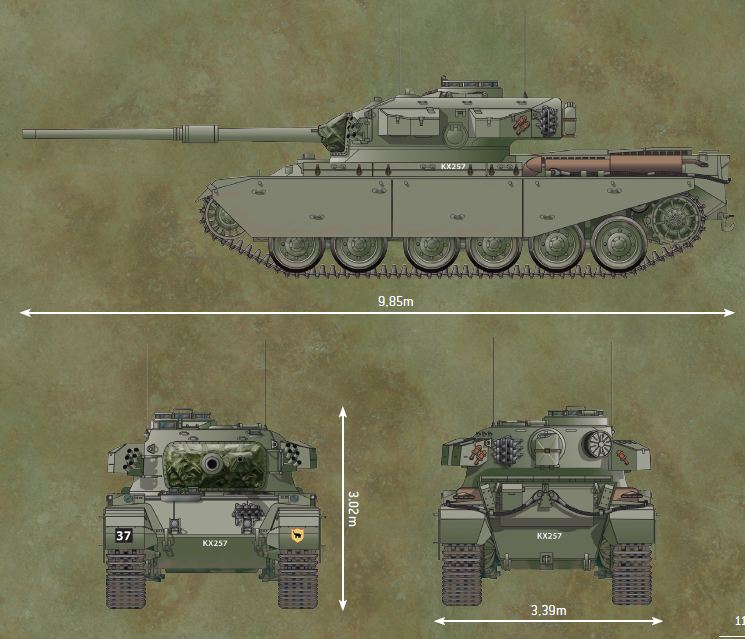
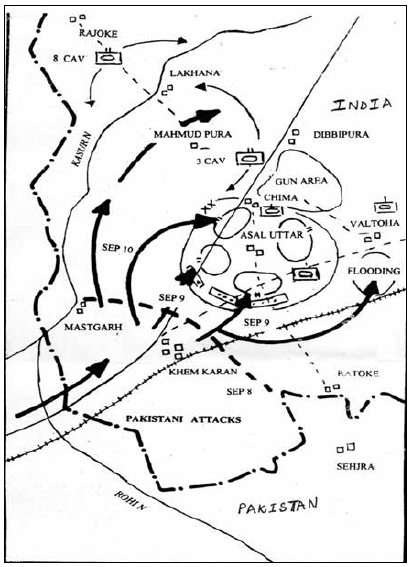

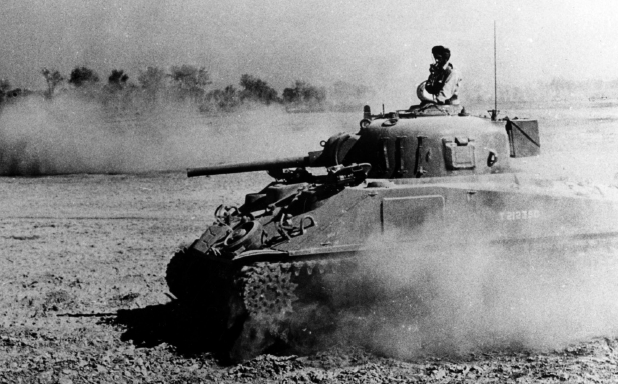













 www.defenceaviationpost.com
www.defenceaviationpost.com
www.google.com
